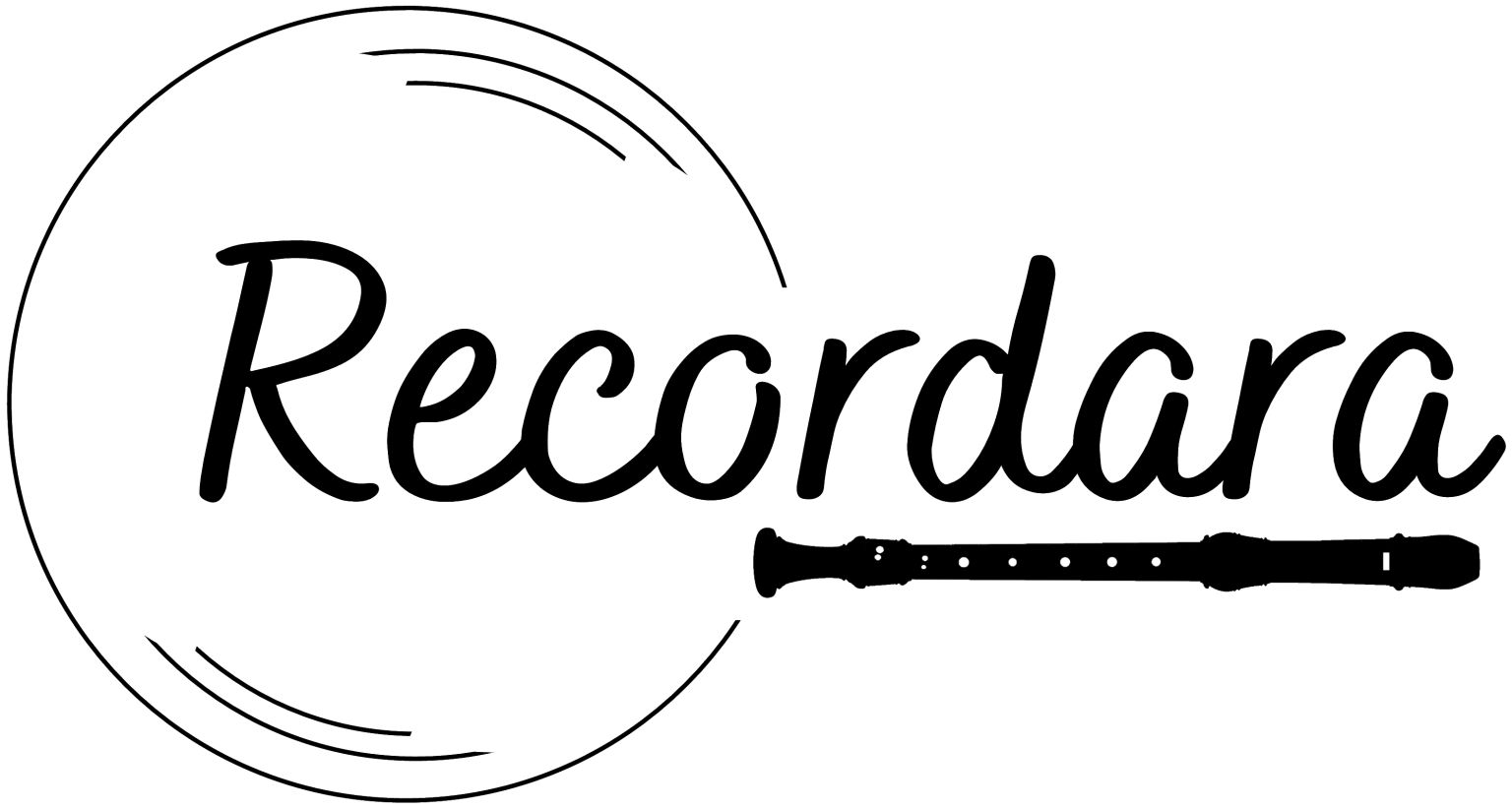A historical and contemporary instrument
The recorder is undoubtedly one of the oldest and most widely used musical instruments in the world. Widespread does not mean well-known, as the recorder remains largely unknown. So many composers have written for this so many composers have written for this wonderful instrument. This impressive musical heritage has been relegated to oblivion through ignorance or disdain, an accident of transmission that is detrimental to our musical culture.
The teaching of the recorder at school, although it has given many young schoolchildren access to music, has unfortunately often done a disservice to this extraordinary instrument. Schoolchildren who had a painful relationship school associated it with their bad school experience. Others suffered from the clumsiness of traditional recorder teaching, through ignorance of its proper academic and artistic practice, thus degrading its playing and distorting its beauty. the beauty and artistry of the instrument.
Transmission is the guiding principle of this association, which is helping to safeguard an immense musical heritage. RECORDARA aims to promote and encourage the practice of the recorder and to arouse curiosity about this instrument.
Today, although the recorder is included in the same way as other instruments in official teaching structures such as music conservatories, and is the subject of examinations and competitions, its image remains belittled by the public and by musicians themselves. and among musicians themselves. Here's an example of the situation:
Or the journalist from a major music radio station who remarked to her guest that he could have chosen the recorder as his instrument if he'd wanted to take the easy way out.
Recorder players are also often confronted with the ostentatious contempt of other musicians who have such a distorted and false image of the instrument, ignoring the complexity and extent of its riches. They do, however, have a knowledge of music! What's more, recorder players cover every musical register and epoch, from prehistory to the present day. It's to them that we owe the discovery of a forgotten part of our musical heritage. Hence the importance of raising awareness among amateur and professional musicians who consider the recorder too easy an instrument.
A technical instrument
What seems simple is not! The difficulty lies in working on the sound and the body. The coordination between the breath (air management and the body work involved), the mouth (lips and tongue) and the fingers (positioning work due to the recorder's typical fork fingerings). fingers (positioning work using the recorder's typical fork fingerings). It takes many years of study with a conservatory recorder teacher to achieve a beautiful sound. Some fifteen years are necessary to achieve virtuoso playing. But as the recorder player matures, the sound becomes more refined and evolves. Like the violinist, the recorder player builds sound and accuracy. The recorder is a transposing The recorder is a transposing instrument, requiring adapted fingering and perfect reading of all the keys, unlike other instruments which have only one key. Recorder players are the only musicians who can and do transpose and know how to transpose in all existing and past keys.
When a young recorder player wants to give a concert that respects the interpretation of the music of each period, he uses the few instruments at his disposal and has to manage to obtain the loan of quality recorders that he lacks. quality recorders. Recorder teachers at conservatories and recorder makers are sometimes kind enough to lend out their instruments. It's still very complicated to lend an instrument that's always always needed! Hence the importance of RECORDARA's project to acquire recorders.
A recorder consort comprises around ten recorders. There is a consort for each period: Middle Ages, Pre-Renaissance, Renaissance, Pre-Baroque, 1st Baroque, 2nd Baroque, 3rd Baroque, Post-Baroque, Classical, Post-Classical 1st Romantic, 2nd Romantic, 3rd Romantic, Modern, Contemporary, and that there are different consorts in a period, in a style, I'll let you do the math! Not to mention the different tuning forks, 415 Hertz in German Baroque music, 392 Hertz in French Baroque music, 460 Hertz, 592 Hertz or 440 Hertz in Renaissance music and so many others that I'll skip over because the list is long and complex. I also prefer to spare you the litany of temperaments that exist according to historical periods, forms, expressions and languages. As I tell the people I meet, it's impossible for a musician to buy so many recorders. Recorder players need instruments for rehearsals and concerts, national and international competitions, workshops and master classes...
It is important to emphasize that the direct blowing on the bevel makes this instrument extremely precise in terms of accuracy! The practice of this outspoken instrument must therefore meet the highest standards, both technical and artistic!
The recorder maker - a true craftsman of art, with refined craftsmanship and great precision - is the only artisan recognized for making professional-quality recorders. This remarkable artist gives the instrument the sound that a talented musician will sublimate. Each recorder he produces is a veritable sculpture, a work of art, science (both physical and scientific), a work of art and a work of art. science (both physical, with its shape influencing acoustics and sound work, and biological, with the different types of wood and oils used) and technology (the evolution of recorders over time right up to the present day). today), with a unique sound and a high price tag.

